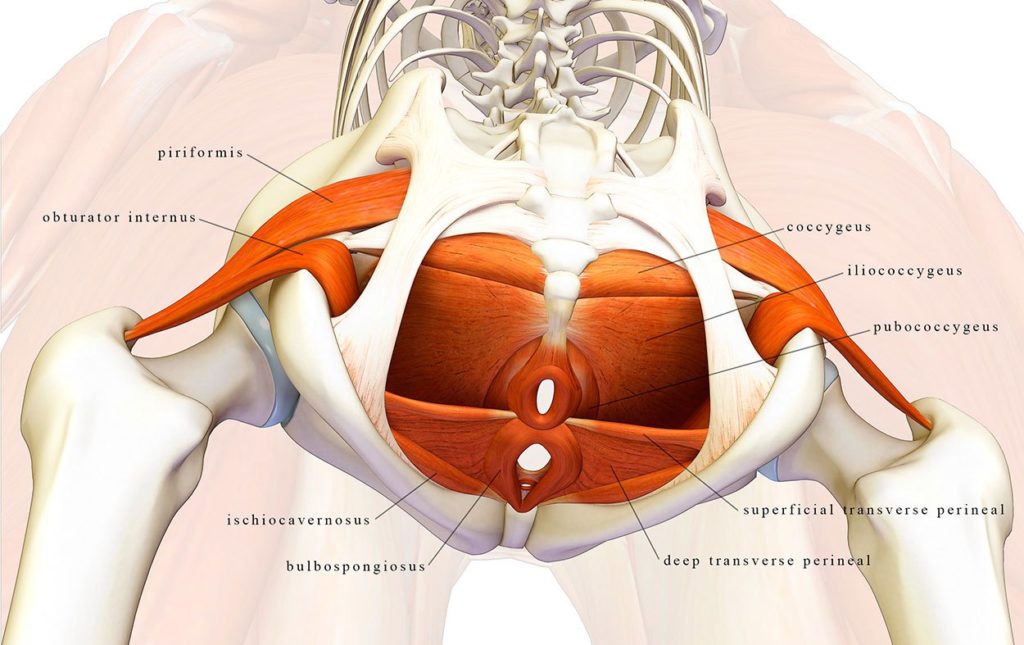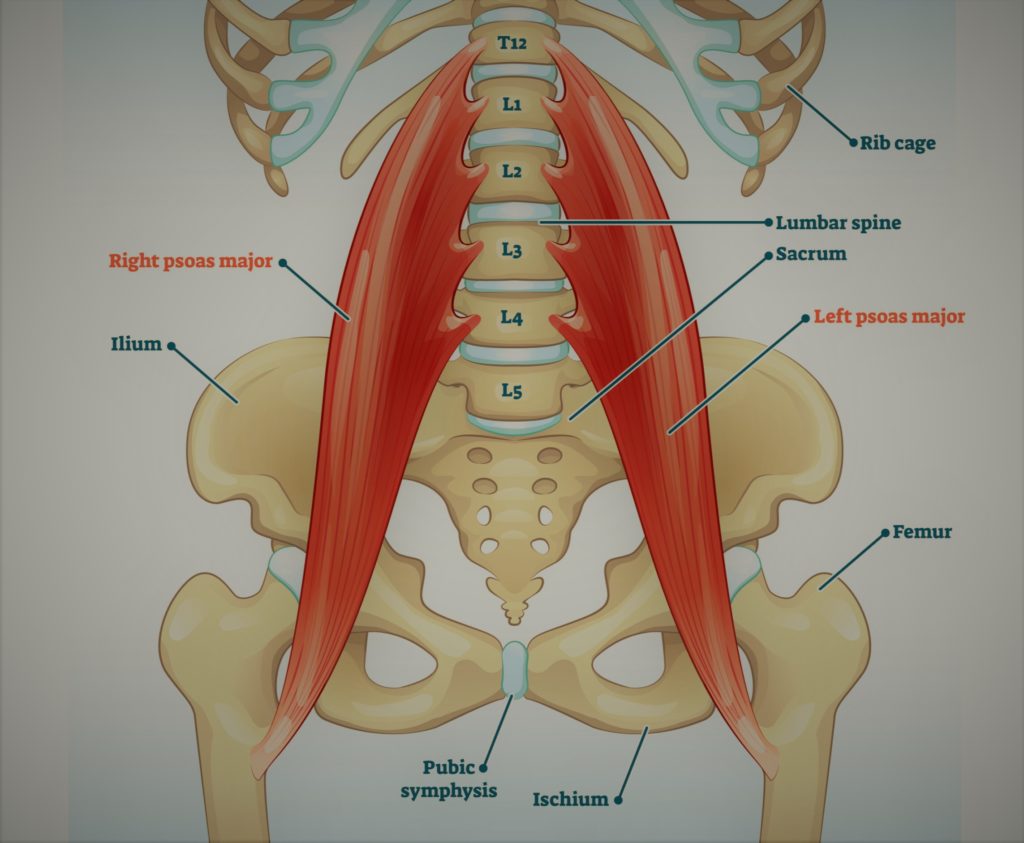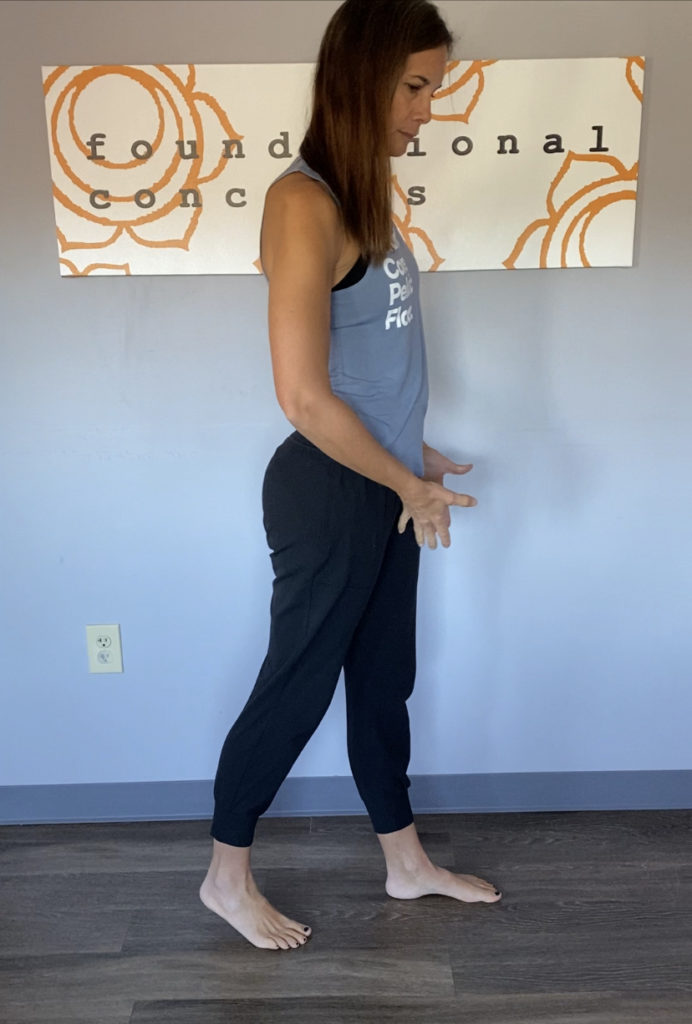When someone comes into physical therapy for back pain, we as physical therapists need to…

Foot to pelvic floor to diaphragm: how it is all connected and how to capitalize on it!

Photo by Daria Shevtsova from Pexels
Fun fact—your foot directly effects your pelvic floor, your deep core, and your diaphragm. This is all through our fascia. Fascia is like the super stretchy glue that maintains structure in our bodies. It is a thin connective tissue that surrounds and holds every organ, blood vessel, bone, nerve fiber and muscle in place. Fascia does more than provide internal structure; it has nerves that make it almost as sensitive as skin. Pretty cool.
So, as pelvic floor specialists we don’t just look at your pelvis! We consider the entire kinetic chain – from the foot to the head to figure out what is causing your dysfunction! Let’s break this down and look at the amazing way connective tissue (fascia), muscles, and the nervous system work together to give us stability and how we can improve that integration.
If we look at the stability of walking, it is important to consider standing on one foot. This is where our body keeps balance and activation through the muscular and fascial planes. Let’s start at the hip. The femur sits in the hip socket and the deep hip rotators act like a suction cup to keep the hip centralized in the hip socket and to act as a primary stabilizer.
The obturator internus is one of these deep hip rotators and it blends into the pelvic floor which provides a stability mechanism for the pelvis. The front of the pelvic floor blends directly into the transverse abdominus—the deepest abdominal muscle. The back of the pelvic floor blends into the gluteus maximus—the largest butt muscle. The pelvic floor also has a direct fascial plane into the diaphragm and into the psoas muscle. The femoral head sits directly behind the psoas which acts as a wall to the hip.

The pelvic floor has a direct connection to the small muscles of the feet through the deep front fascial line. From the pelvic floor through the hip adductor and the muscle of the lower leg into the big toe, we get stability from the ground up. The flexors of the toes help to anchor the toes to the ground and help to lift the arch of the foot.

We can prime our pelvic floor for action through our feet. Dr Emily Splichil calls this series of exercises a short foot. Start standing in stride and check in with the sensation of your feet on the ground. Keep the weight on the ball of your feet at the 1st and 5th toes and on your heel, like a tripod. Your knee should be soft, slight bend. Pick your toes up and spread them wide. Then push your toes down into the ground. With that, you should be able to feel your arch lift. Notice the activation through the arch of your foot. You can start practicing this one foot at a time while standing in stride. Once you get a feel for one foot, you can try doing both feet in normal standing. Easy to practice anywhere!

Through the deep front line of the fascia, there is a connection from your feet to your pelvic floor and deep core muscles. So now, prior to doing the foot exercise, we will turn on your pelvic floor and deep core. Think about picking up a blueberry with your vagina or stopping the flow of urine. Now try activating your feet after turning your pelvic floor on. You may feel that you are able to feel your feet or your pelvic floor activate easier or with more power.
This helps to increase the tension within the deep core muscles and the fascial planes. This helps to get the nervous system ready to go, so you can do the exercise or activity with improved power. This is like a reflex. If we prepare our system for the task or exercise, we can improve our ability to stabilize our deep systems. Allowing for optimal function of the task. Do this prior to your exercise routine to help to integrate your deep core, fascial system, and nervous system. You will feel the difference! Just a simple 2 minute warm up prior to your training session, or walk can really improve your stability, in turn making you more efficient! So, when people ask if I get tired of looking at pelvises all day, the answer is emphatically NO!! because I look from head to toe, and am amazed daily at the beauty of our body and how perfectly connected it all is.
- We offer a free, 15 minute phone consultation so you can ask questions and be sure you are in the right place for your health and wellness needs! Click here to request a consultation.




